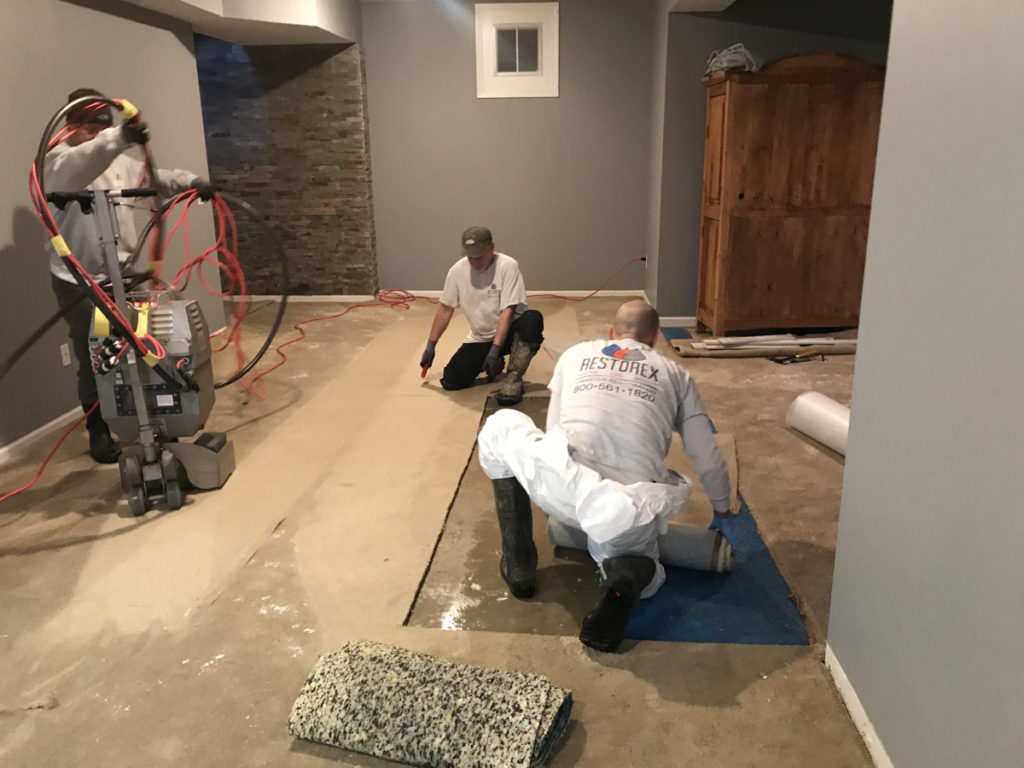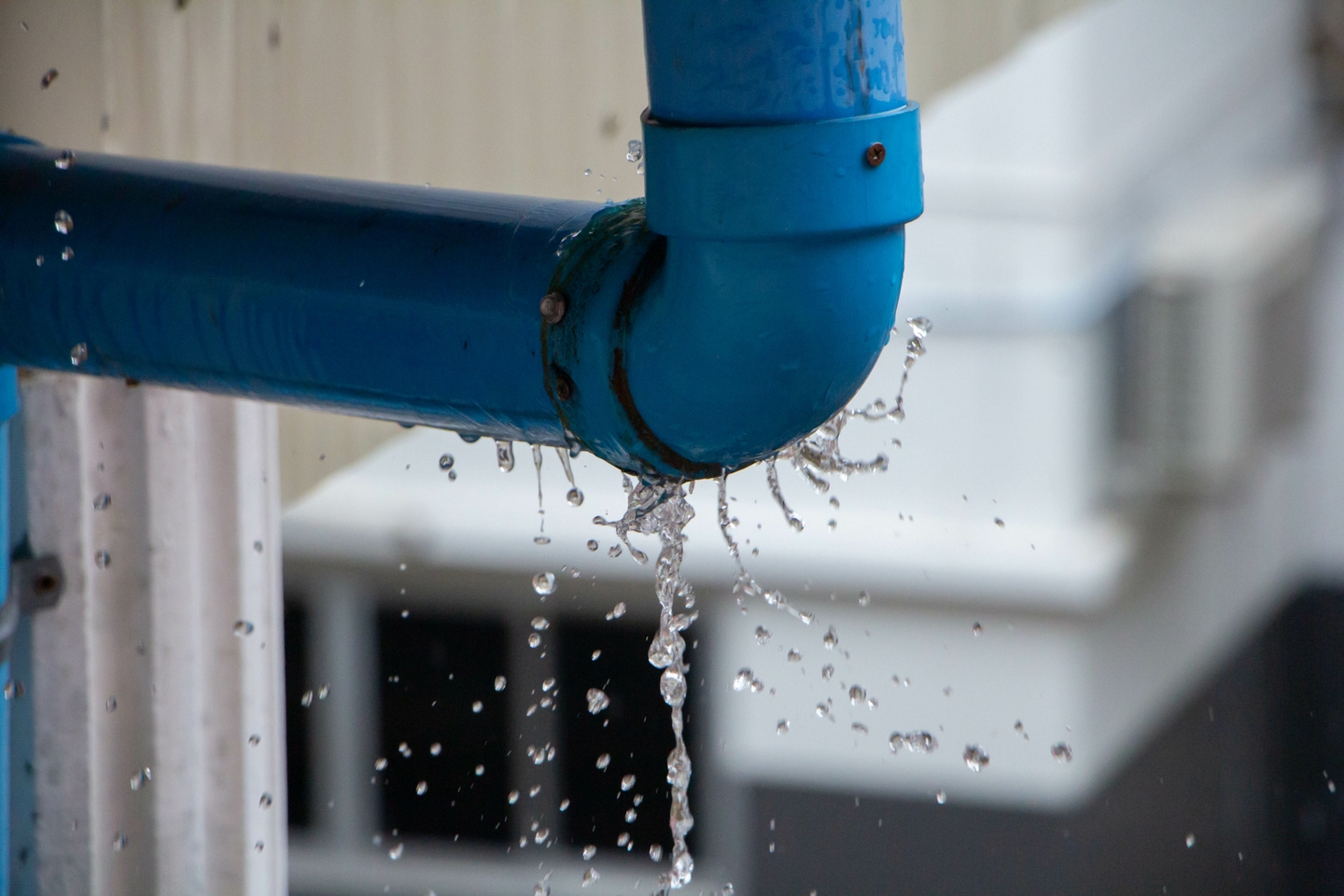The Important Types and Use Repair Equipment for All Demands
From water extraction devices to innovative thermal imaging video cameras, each piece offers a special function in the remediation process. As we discover the vital devices used in restoration jobs, it becomes evident that the complex nature of these tools plays a vital function in making certain effective and complete reconstruction.
Water Extraction Tools
Reliable water extraction tools plays a vital function in the restoration sector by quickly removing excess water from impacted areas to minimize damages and stop mold and mildew growth. This specialized equipment is made to remove water efficiently and properly, aiding reconstruction professionals bring back buildings to their pre-loss condition quickly.
One commonly utilized sort of water extraction devices is the mobile extractor, which is functional and can be quickly delivered to different areas within a residential or commercial property. These extractors can be found in different dimensions and capabilities to fit various demands, from little property rooms to huge commercial buildings. One more type is the truck-mounted extractor, which is more powerful and normally used for larger-scale water removal jobs.
Water removal equipment uses powerful pumps and vacuums to get rid of water quickly, reducing the danger of additional damages such as structural concerns and mold growth. By extracting water quickly and successfully, restoration professionals can speed up the drying out procedure and avoid further damage to the property.

Dehumidifiers and Air Movers
Dehumidifiers and air movers are necessary tools in the repair sector for controlling moisture levels and helping with the drying procedure in water-damaged homes. Dehumidifiers function by drawing out excess dampness from the air, decreasing humidity levels, and preventing the growth of mold and mildew. They are especially useful in enclosed rooms where all-natural drying is testing. Air movers, on the other hand, enhance the dissipation of water from surface areas by circulating air effectively. These makers speed up the drying procedure by producing air flow that helps moisture vaporize faster.
When utilized together, dehumidifiers and air movers develop a powerful combination that can dramatically decrease the drying out time of water-damaged areas. Correct placement and arrangement of these devices are vital to ensure efficient drying out and prevent second damages. Restoration professionals rely upon the critical implementation of dehumidifiers and air movers based on the extent of water damage, the afflicted materials, and ecological conditions to achieve optimal outcomes and bring back residential or commercial properties to their pre-loss problems.
Thermal Imaging Cameras
Thermal imaging cams are sophisticated devices generally made use of in the remediation industry to envision and detect temperature level variants in afflicted or water-damaged areas (Water Damage). These cams function by finding infrared radiation released by things and translating it into a visible image, enabling reconstruction experts to determine locations of wetness or leakages that may not be noticeable to the nude eye. By recording thermal photos, these cameras help in finding the source of water breach, examining the level of damages, and keeping an eye on the performance of drying out procedures
One secret benefit of thermal imaging video cameras is their capacity to offer non-invasive and non-destructive evaluation of building materials. This enables reconstruction specialists to pinpoint areas of concern without triggering more damage to the structure. In addition, thermal imaging video cameras can assist in avoiding mold development by identifying wetness pockets that might result in microbial contamination if left without treatment.
Dampness Meters and Sensors
Using innovative modern technology, wetness meters and sensors play a crucial function in the remediation sector by accurately measuring and identifying moisture levels in various materials and settings. Water Damage. These tools are crucial for repair experts to evaluate the extent of water damage, check the drying out progress, and make sure detailed reconstruction
They provide fast and exact readings, permitting specialists to recognize moisture-prone areas and make informed choices on the restoration process. On the various go to my blog other hand, dampness sensors are typically put in structure materials or on surface areas to continuously keep an eye on dampness levels over time.
HEPA Air Scrubbers
HEPA Air Scrubbers are crucial tools in the repair industry for enhancing indoor air top quality by getting rid of impurities and particulate issue (Water Damage). These devices make use of High-Efficiency Particulate Air (HEPA) filters to record a large range of particles, including dust, mold spores, allergens, and various other airborne toxins. By continually cycling and filtering system the air in a provided room, HEPA Air Scrubbers help develop a much healthier environment for both owners and restoration employees

Conclusion
In verdict, the necessary types of remediation devices serve different needs in Get the facts the repair market. Each piece of equipment plays a crucial duty in the remediation procedure, ensuring complete and efficient reconstruction results.
As we discover the crucial devices used in restoration jobs, it ends up being evident that the elaborate nature of these devices plays an essential function in making certain effective and extensive restoration.

In verdict, the important types of reconstruction equipment offer numerous requirements in the reconstruction industry. Each piece of equipment plays a critical duty in the restoration procedure, making sure detailed and efficient repair end results.